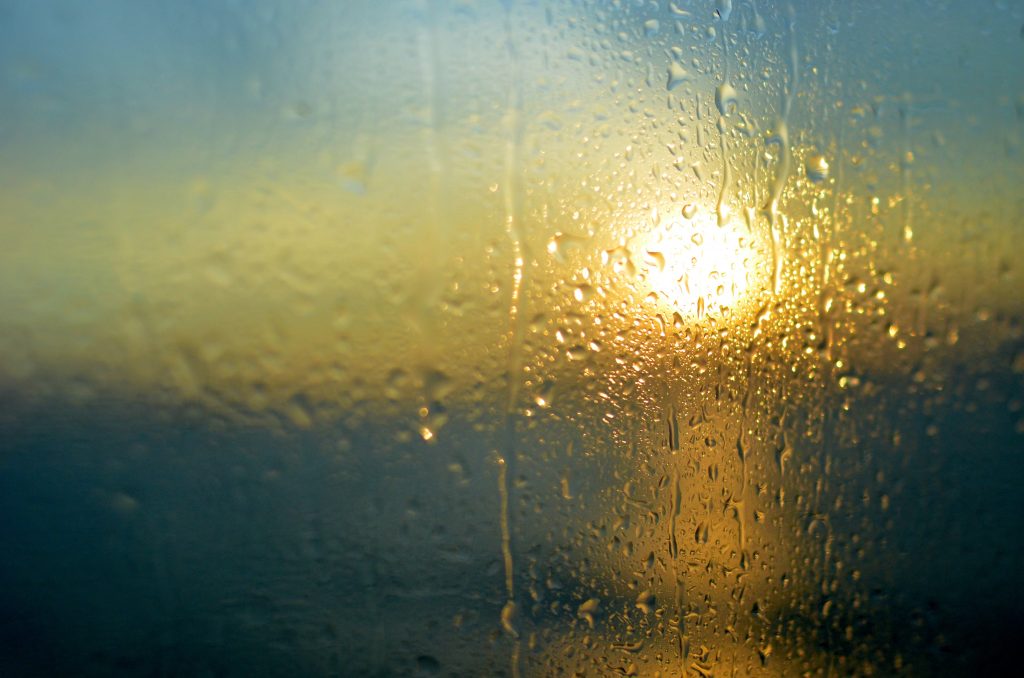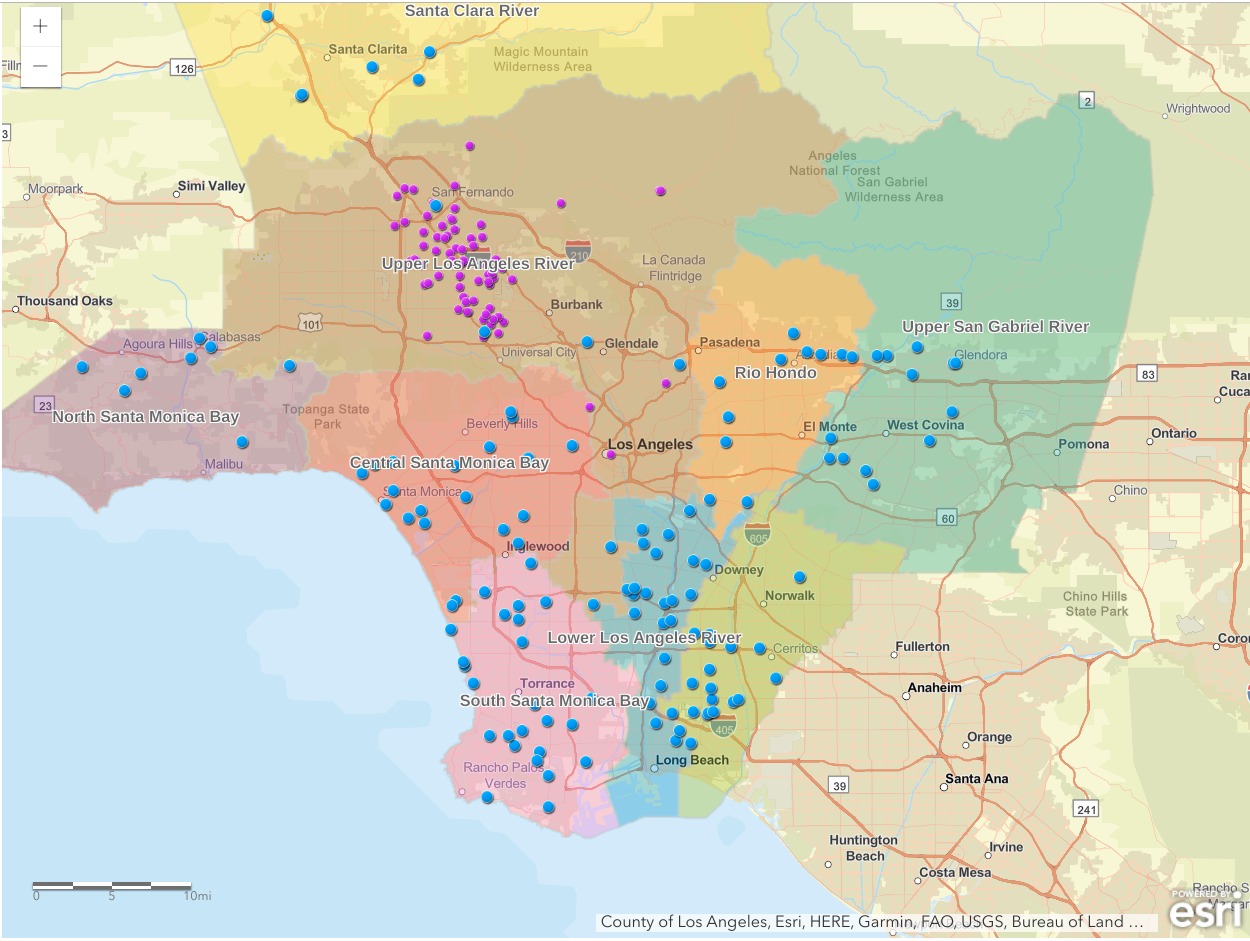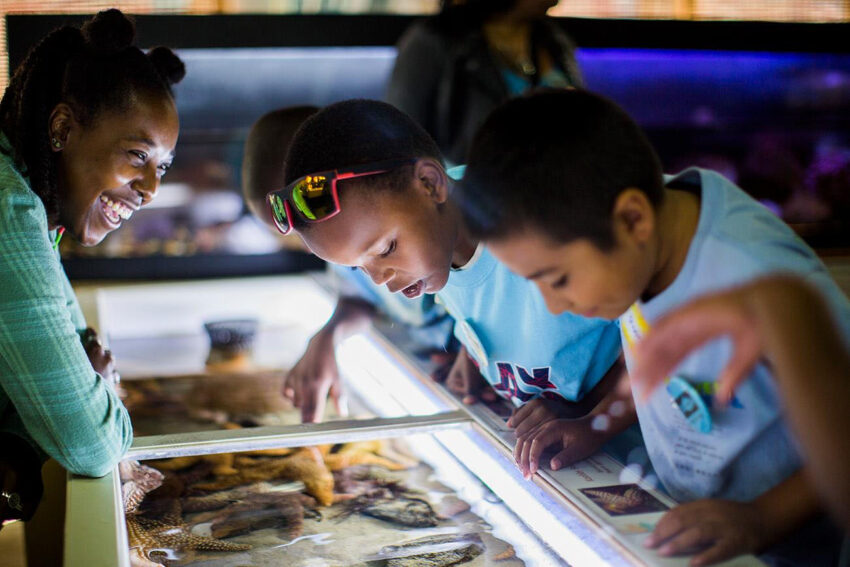Add Your Voice to the Safe, Clean Water Program

Image from safecleanwaterla.org
Appointed community representatives are meeting to determine the first slate of stormwater projects in LA County that will receive funding from Measure W. Annelisa Moe, Water Quality Scientist at Heal the Bay, shares how you can get involved in the decision-making process.
“I can’t believe it’s raining!”
I heard a man exclaim this as I left Rock N Pies last winter, exiting the pizzeria and walking into a downpour that turned into the first significant rain event of the year.
I know, it seems like it never rains in Los Angeles. But, it does! In fact, 18.8 inches of rain fell over Los Angeles County last year. This equates to almost 200 billion gallons of stormwater.
Where does the rain go? It flows through our streets, into our waterways and out to the ocean, picking up pollutants along the way that pose serious risks to public and environmental health. If we had captured and treated this stormwater for reuse, we could have protected our freshwater and ocean from the number one source of pollution (stormwater runoff), AND captured enough new water supply to meet the needs of up to 7 million residents of LA County this year.
Our current stormwater system, designed to move water from where we live to the ocean as quickly as possible, was built over 100 years ago. Los Angeles County made history in November 2018 when voters overwhelmingly approved Measure W (the Safe, Clean Water Program) to revamp this outdated stormwater system so that we can capture, clean and reuse this stormwater instead!
In July, the Safe, Clean Water Program moved forward with a unanimous vote by the Los Angeles County Board of Supervisors to approve the Safe, Clean Water Program’s Implementation Ordinance, and appoint 107 members to the Watershed Area Steering Committees (WASCs) and the Regional Oversight Committee (ROC). Shelley Luce, our CEO, will be serving on the ROC to review funding decisions across the County.
Now that we will have nearly $300 million each year for stormwater projects, we need to figure out how to spend it.
Stormwater project applications will be accepted through December 2019, and then WASCs will decide which projects to fund by March of 2020. Each year, a new set of projects will be selected for Measure W funding.
The stormwater project funding decisions must be made with consideration given to community input. Here’s how you can get involved:
- BE AN ADVOCATE
First, search your address to find out which WASC area you are in. Then, contact your WASC representatives to let them know what kinds of projects you would like to see in your area. - ATTEND CITY COUNCIL MEETINGS
Use the Public Comment period to ask your City Council to use municipal funds for nature-based and multi-benefit projects.
- STAY IN THE KNOW
Sign up to get updates from the county at the bottom of their website.
What kinds of projects will the WASCs have to choose from?
We won’t know for sure until we see who applies this year, but there is a wide variety of projects that can address stormwater pollution.
GREEN PROJECTS: Purely Nature-Based
Nature-based projects use soil and vegetation to allow stormwater to naturally infiltrate into the groundwater, filtering out contaminants and storing the water for later use. Nature-based projects also provide significant additional community benefits, including improvements in air quality and community health, climate resiliency and much more.
Examples of nature-based projects include creating and restoring natural space with wetlands, rain gardens, green streets and bioswales. We can enhance these natural systems by simply planting a variety of native plants and improving soil quality through composting and mulching.
GREY-GREEN PROJECTS: Nature-Based Solutions with Human-Made Structures
Some projects incorporate these nature-based solutions along with human-made structures to augment natural processes. Examples include parks with pretreatment infrastructure to clean water before it percolates into the ground or gets stored for later use, and infiltration galleries or dry wells built underneath natural spaces, like parks, to increase infiltration.
GREY PROJECTS: Strictly Human-Made
The final category is purely human-made grey infrastructure, such as diverting stormwater to a wastewater treatment facility, or infiltration galleries and dry wells installed below paved surfaces such as airports, with no above ground natural features. While these projects can improve water quality, they do not provide the same community investments and benefits discussed above that you get from nature-based projects.
View Map of Stormwater Projects in LA County
Visit ourwaterla.org and follow the coalition on Twitter, Instagram and Facebook to see the latest updates on the Safe, Clean Water Program.
View more info En Español.




